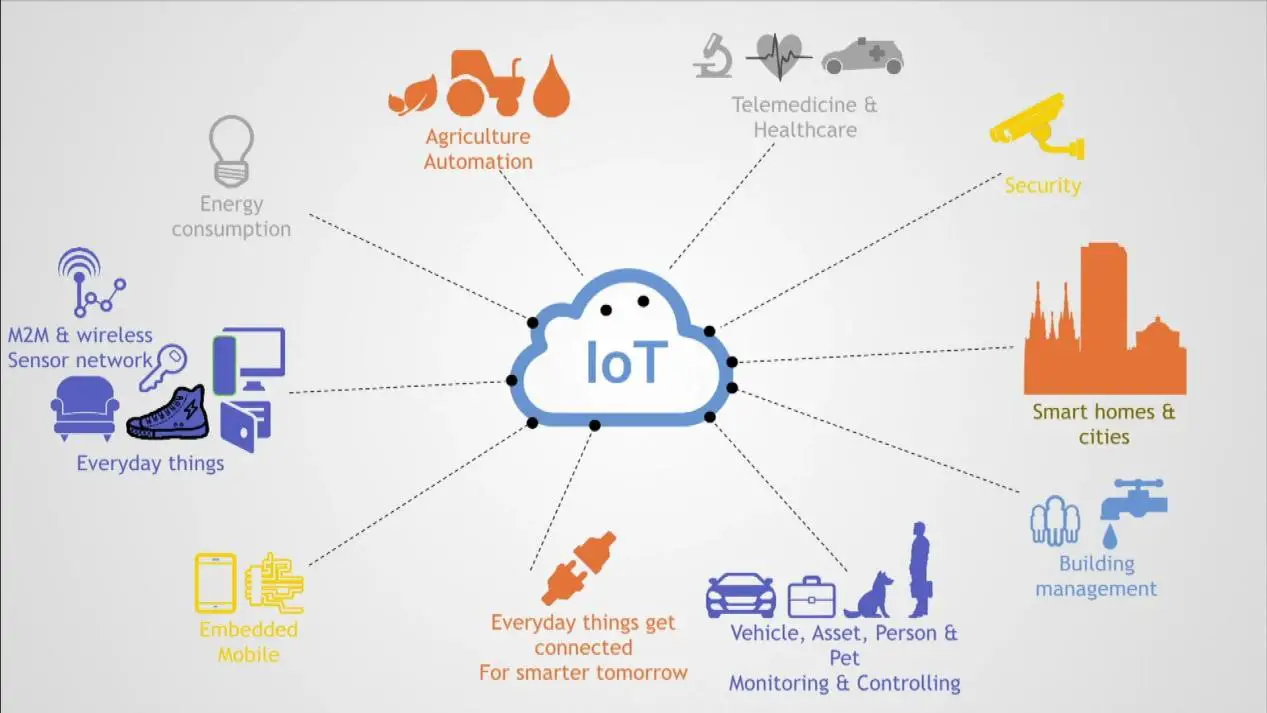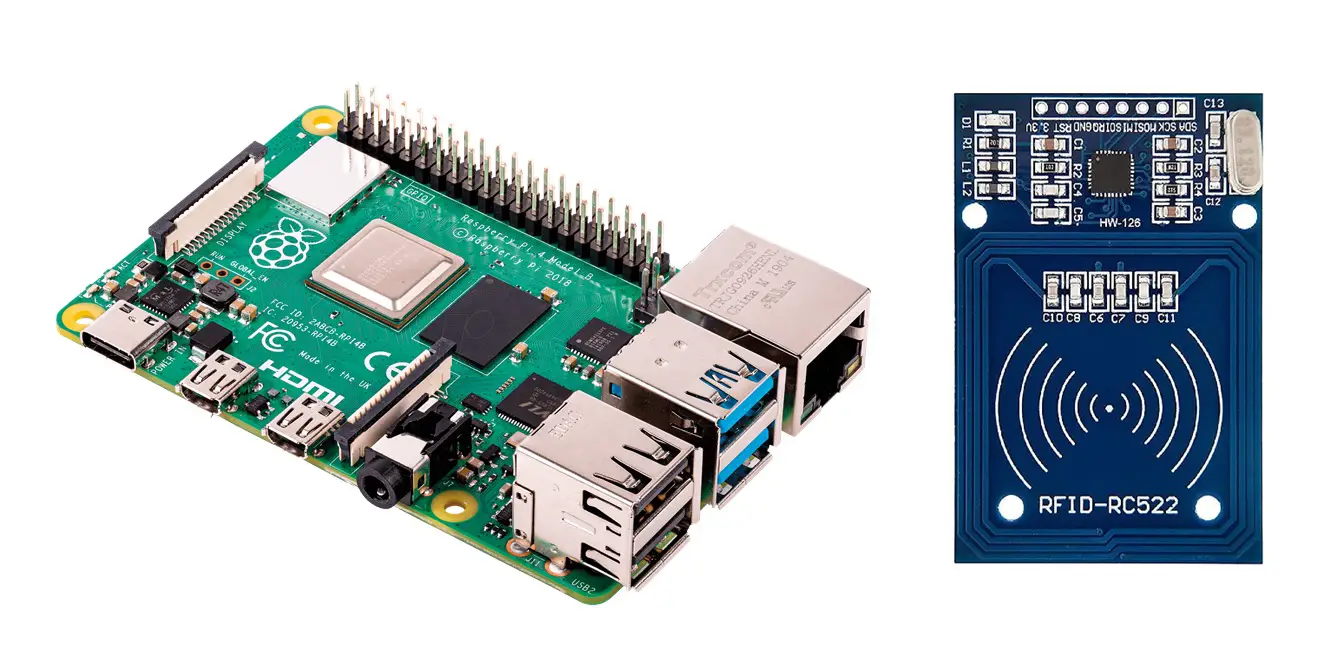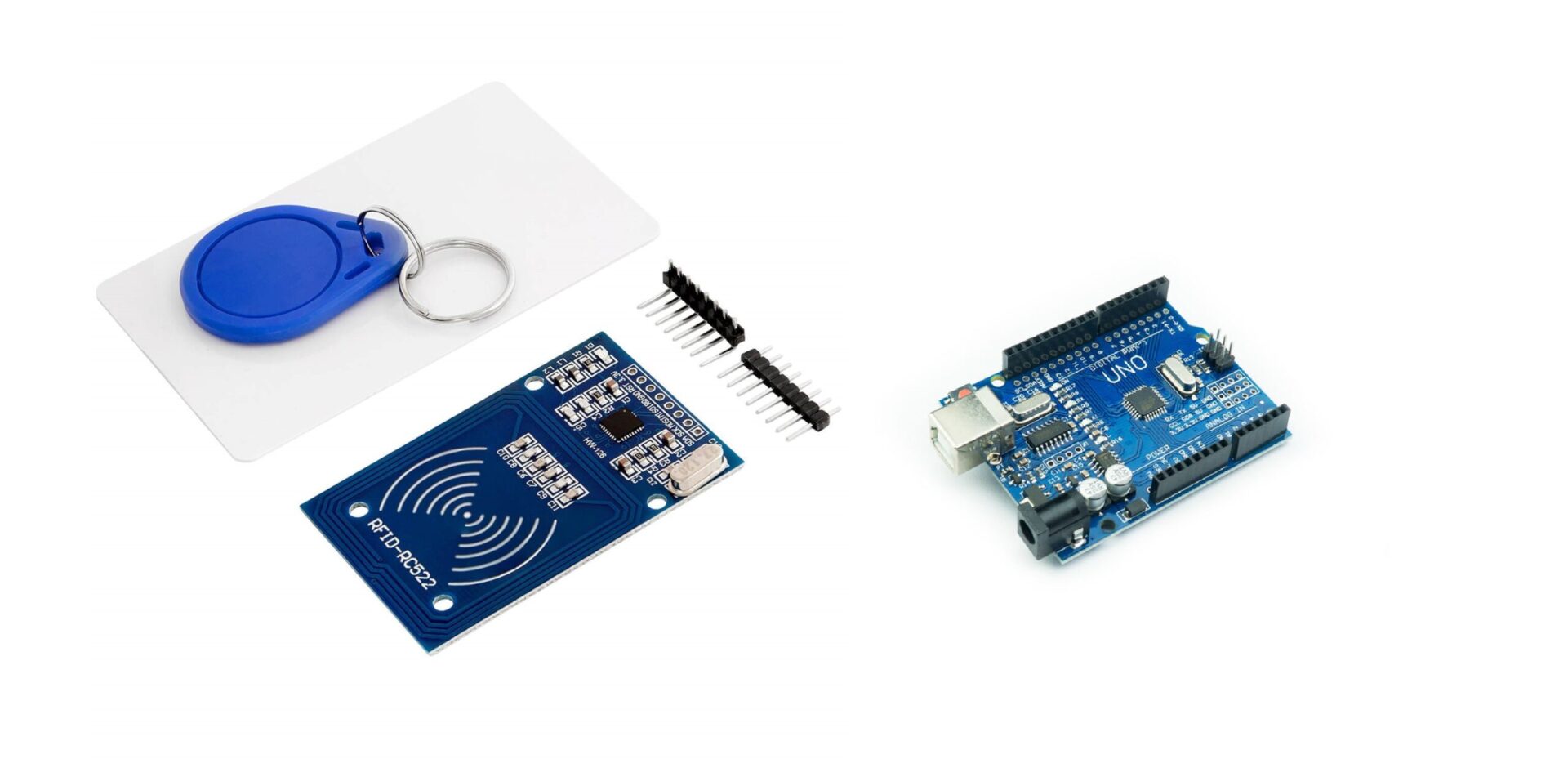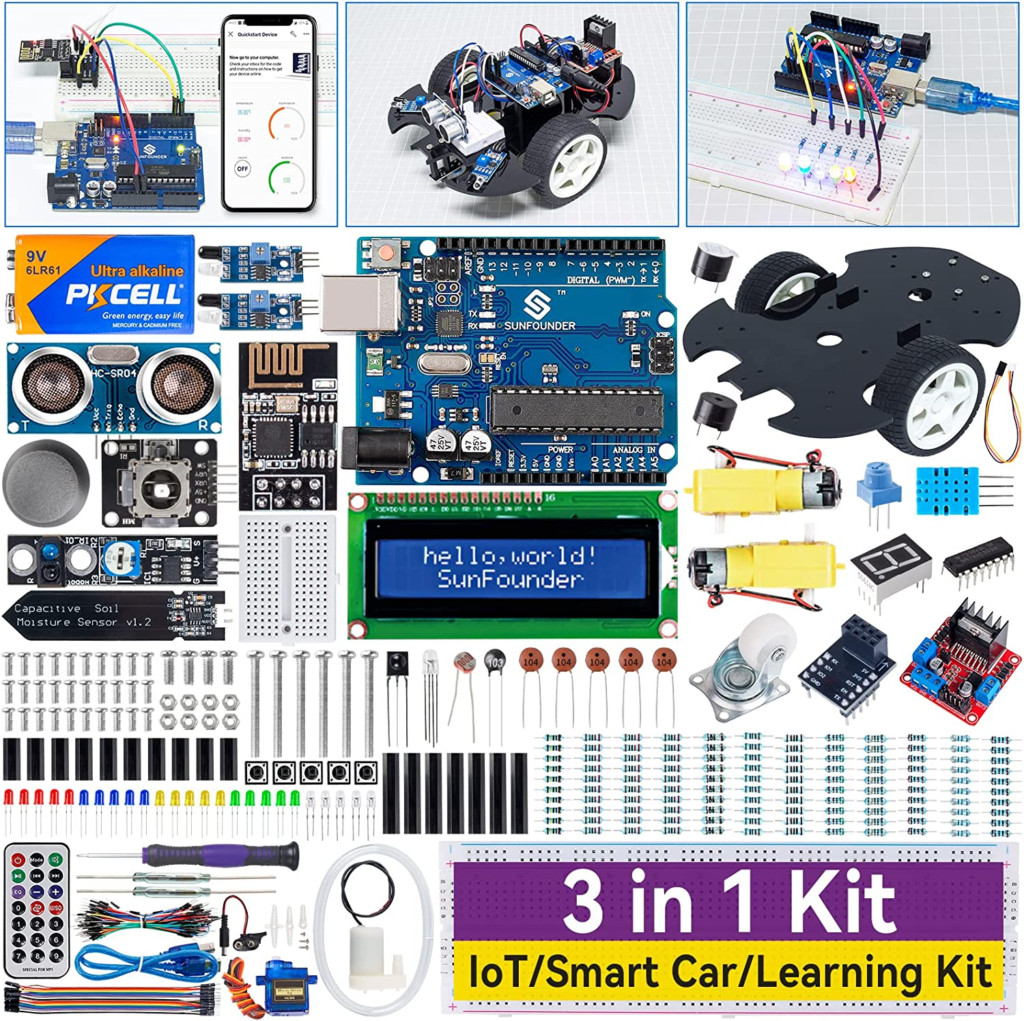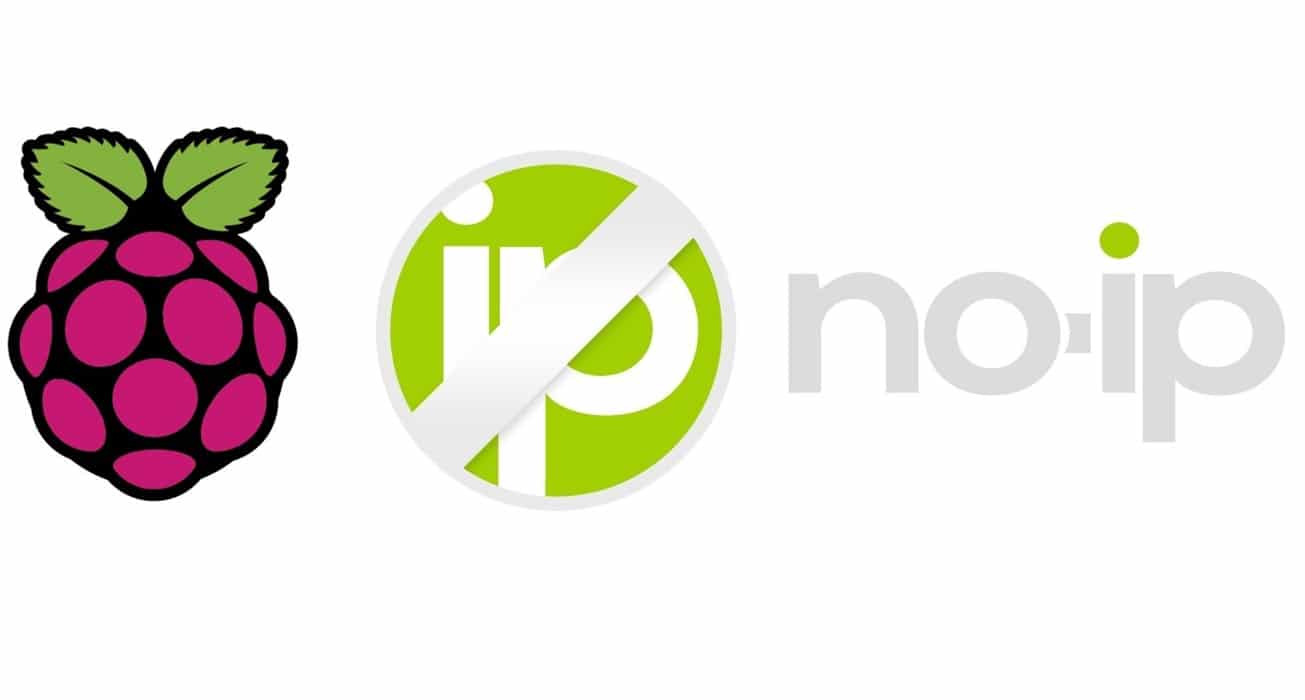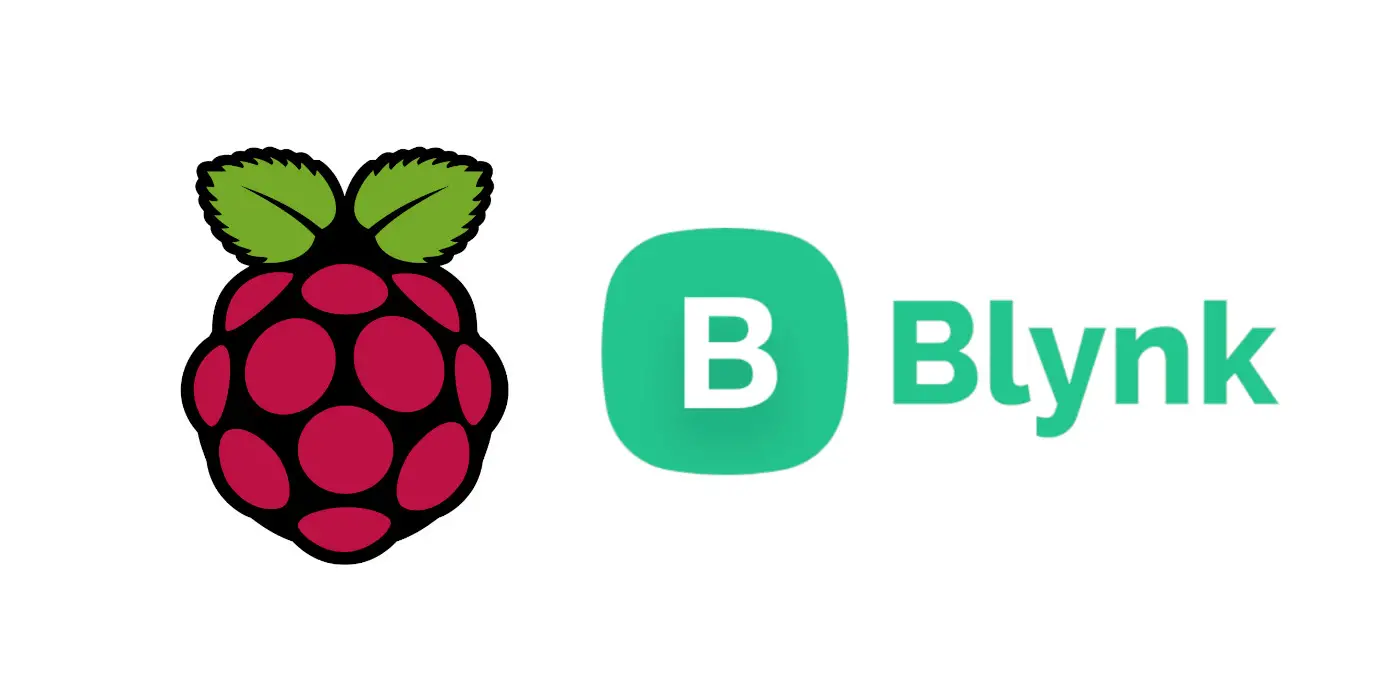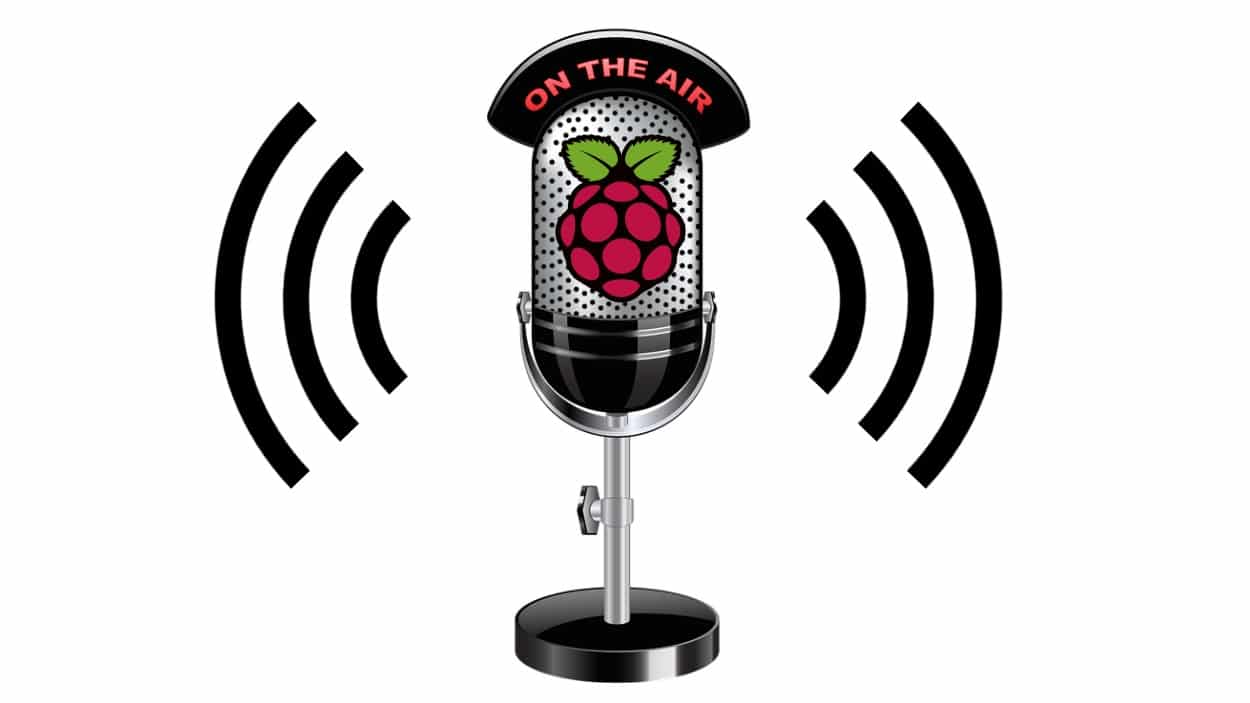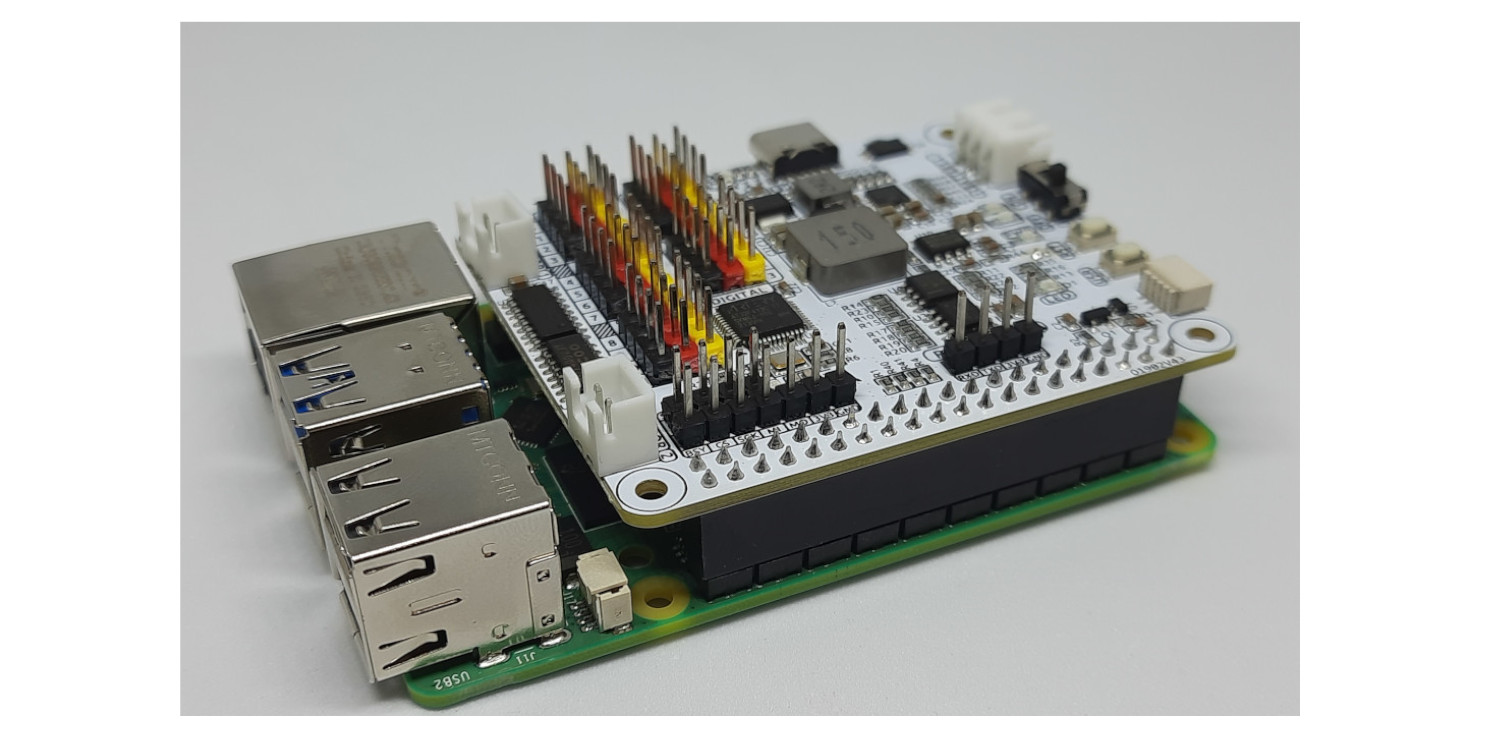IoT Technology for Environmental Monitoring
Last Updated on 8th March 2024 by peppe8o
As a new generation of information technology, the Internet of Things can be widely used in various fields, including smart homes, intelligent transportation, green agriculture, environmental protection, energy saving and emission reduction, etc. Applying the Internet of Things in environmental monitoring is easy to obtain real-time, accurate and dynamic monitoring data, and realize the automation, intelligence and network of environmental monitoring.
The definition of the Internet of Things (IoT) was proposed as early as 1999 by an expert from the Massachusetts Institute of Technology (MIT) in the United States and is defined as: through radio frequency identification (RFID), infrared sensors and other information sensing devices, according to the agreed protocols, any object connected to the Internet to carry out information exchange and communication, to realize the intelligent identification of the object, localization, tracking, monitoring and management of a kind of network.
In other words, the Internet of Things (IoT) is to establish connections between various objects and the Internet through information sensing systems (e.g. RFID, sensors, etc.), so as to achieve the purpose of intelligent identification and management, and to realize the combination of human production, life and the network, so as to make human production and life more efficient, intelligent and networked, and to make full use of the resources to improve the productivity of labour.
The IoT system is divided into three layers: sensing layer, network layer and application layer.
- Sensing Layer: The sensing devices in the IoT system, including RFID tags, cameras, GPS, sensors, readers, terminals, etc., work similarly to the human body’s surface skin and five senses to collect signals sensed by the body, and the sensing layer is mainly to sense and recognize objects and collect physical information.
- Network Layer: The communication signal and network center in the IoT system, including the information processing center, intelligent control center, etc. Its role is similar to the nerve center and brain of the human body, which transmits, processes and judges the information.
- Application Layer: The practical application direction of the Internet of Things is equivalent to the division of labour in various industries of human society.
At present, the Internet of Things is widely used in various industries, and by combining it with the characteristics of the industry, it realizes the networkization and intelligence of the industry.
IoT Now in Environmental Monitoring
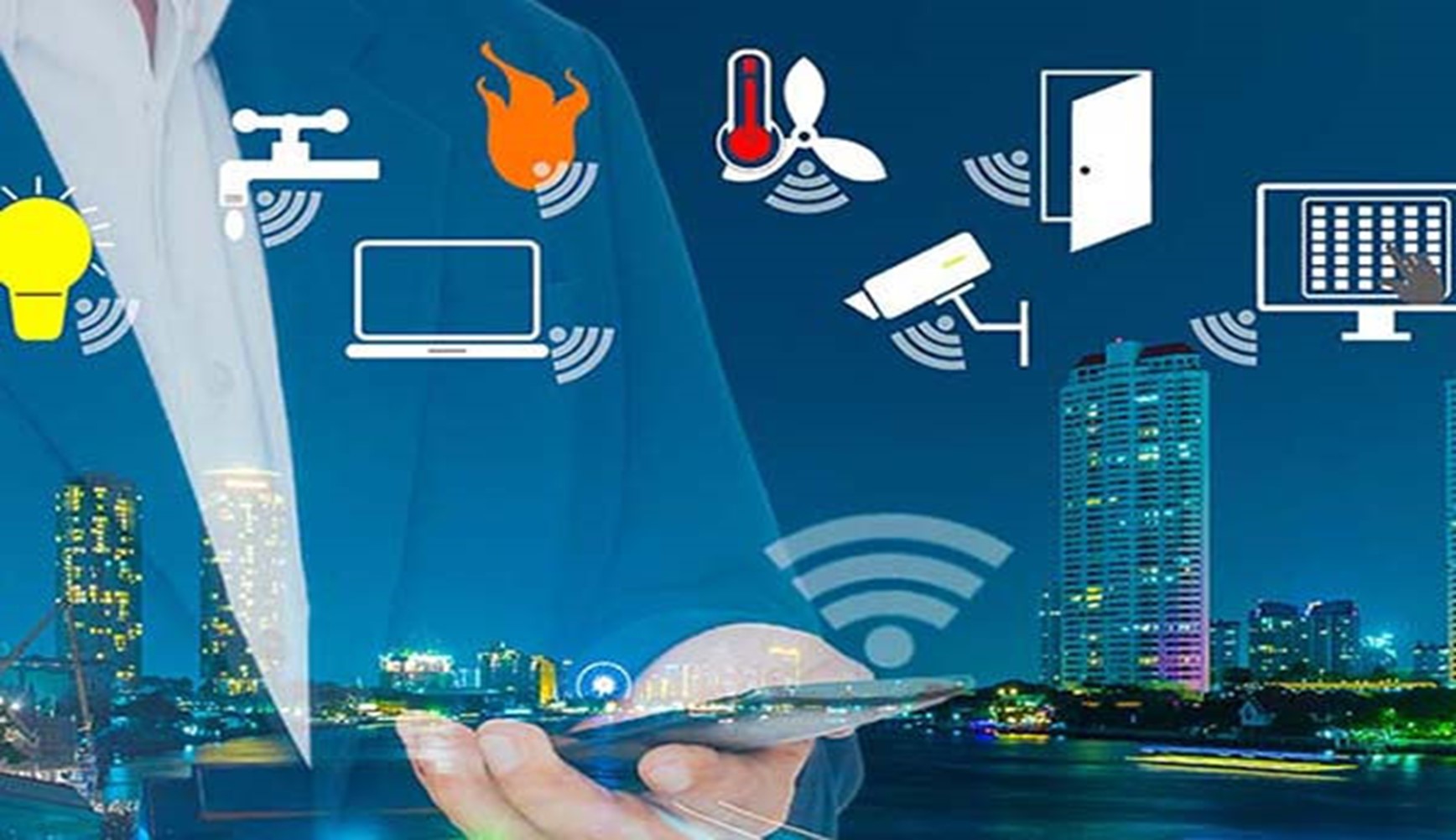
Air Pollution Monitoring
Nowadays, the air quality of many cities is worrying, especially some large and medium-sized cities, some by the development of heavy industry and the population continues to increase in the city of air pollution is relatively serious. Among them is the well-known PM2.5, and the Internet of Things technology can be effectively applied to the monitoring process of air pollution. It can monitor the content of respirable particles in the air, the content of toxic and hazardous substances in the air, and even the content of oxygen, carbon dioxide, nitrogen and so on in the atmosphere. And through real-time transmission, it is possible to transmit the relevant data from the air quality monitor to the meteorological control center, then transmit it to the TV news center, etc. to inform the public.
Water Pollution Monitoring
In river water quality monitoring, sewerage quality monitoring has been carried out in the application of Internet of Things (IoT) technology. Through the water quality sensors to monitor the water contains a variety of pollutant content, and then transmitted to the environmental monitoring system, the computer automatically compared to analyze and judge the water quality and water safety. All the data will be automatically stored for the record, once the problem is found, it automatically alarms and people are also able to intervene in the system, man-made real-time monitoring and observation.
Marine Pollution Monitoring
Many developed countries have conducted research on the construction of the Internet of Things system for marine pollution monitoring at an early stage. Marine pollutant networking system construction can monitor the water quality of a country’s oceans, and pollutants, in the event of some man-made disasters or natural disasters timely discovery, and timely treatment. For example, in the event of nuclear pollution promptly finding out whether the pollutants reached the country’s coastal waters, in the event of crude oil leakage from ships can also be timely judgment of the original leakage of the pollution situation and timely treatment to control pollution. Therefore, marine environment monitoring also has a very high necessity.
Final Considerations
The application of IoT technology to Environmental Monitoring Systems has significantly improved their efficiency, functionality, and reliability. The ability to monitor environmental conditions in real-time, conduct predictive analysis, and respond rapidly to environmental changes has revolutionized environmental monitoring and forecasting. Despite the current challenges, the benefits of integrating IoT into EMS far outweigh the drawbacks, paving the way for a future where technology and the environment work hand in hand for a sustainable world. As technology advances, the integration of IoT with Environmental Monitoring System will undoubtedly become more seamless, secure, and cost-effective.
